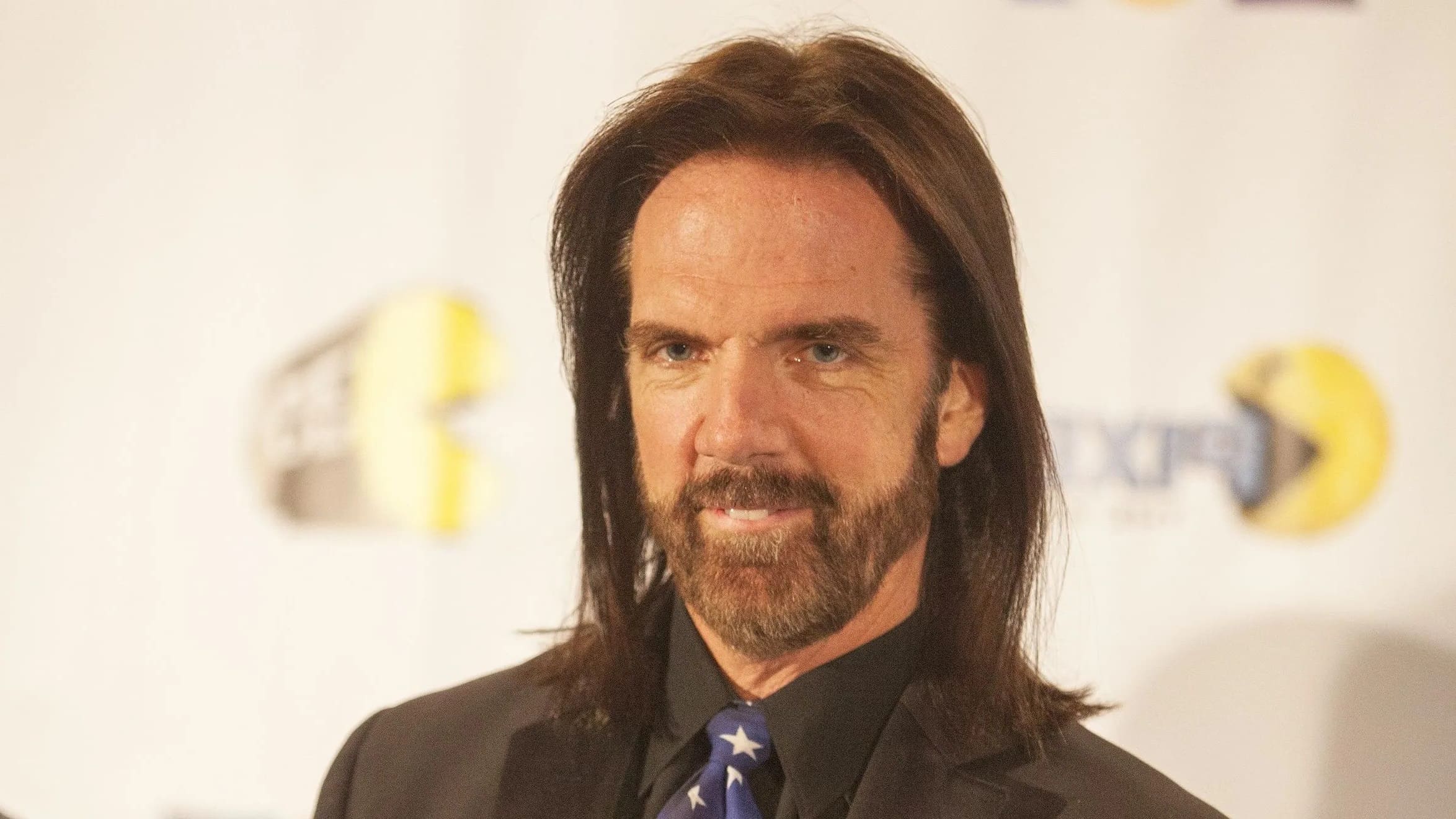
Billy Mitchell was a visionary who forever changed military aviation. Born in Nice, France, in 1879, he was the son of a wealthy Wisconsin senator. Mitchell's early life hinted at his future impact, as he predicted air warfare as early as 1906. He joined the U.S. Army Signal Corps and quickly became a staunch advocate for air power. During World War I, he served as an air officer, proving his theories in combat. Despite facing a court-martial for his outspoken views, Mitchell's legacy endured. His predictions about air power were validated during World War II, cementing his status as a pioneer in American military aviation.
Key Takeaways:
- Billy Mitchell, a military aviation pioneer, was born in France to a wealthy American family. His early interest in aviation and bold predictions shaped his controversial yet influential career in the military.
- Despite facing a court-martial and resignation, Billy Mitchell's legacy lives on through honors, memorials, and cultural impact. His contributions to military aviation continue to inspire generations and shape popular culture.
Early Life and Family
Billy Mitchell's early life set the stage for his future as a military aviation pioneer. His upbringing and family background played a significant role in shaping his career.
- Billy Mitchell was born on December 29, 1879, in Nice, France, to American parents.
- His father, Colonel John Lendrum Mitchell, was a wealthy Wisconsin senator.
- His grandfather, Alexander Mitchell, was a millionaire railroad maker from Milwaukee, Wisconsin.
- Mitchell attended Racine College and later Columbian University (now The George Washington University) in Washington, D.C.
- He left Columbian University before graduation to enlist in the military.
Military Beginnings
Mitchell's military career began during the Spanish-American War, where he quickly rose through the ranks due to his family's influence.
- Mitchell enlisted in the 1st Wisconsin Infantry as a private in 1898 during the Spanish-American War.
- Due to his father's status, he quickly received a commission and served in Cuba and the Philippines.
- He joined the U.S. Army Signal Corps and distinguished himself by establishing a communications system in Alaska during 1901-1902.
Passion for Aviation
Mitchell's interest in aviation began early and grew as he recognized the potential of air power in modern warfare.
- In 1906, Mitchell wrote an article predicting that wars would soon be fought in the air and under the sea.
- At the age of 38, Mitchell took private flying lessons and learned to fly in 1916.
- He trained with Walter E. Lees and took his first solo flight in a Curtiss JN4 at the Atlantic Coast Aeronautical Station in Virginia.
- In 1915, Mitchell was assigned to the aviation section of the Signal Corps, marking the beginning of his 20-year advocacy for military air power.
World War I Contributions
Mitchell's role in World War I showcased his leadership and vision for the future of military aviation.
- During World War I, Mitchell served as an air officer of the American Expeditionary Forces with the rank of lieutenant colonel.
- He proved to be a highly effective air commander and advanced rapidly in rank and responsibility.
- In May 1918, Mitchell publicly accused the War and Navy departments of “incompetency, criminal negligence, and almost treasonable administration of the national defense.”
Court-Martial and Resignation
Mitchell's outspoken nature led to significant controversy, culminating in his court-martial and resignation from the army.
- His accusations led to his court-martial in December 1918, where he was convicted of insubordination and sentenced to suspension from rank and pay for five years.
- Mitchell resigned from the army on February 1, 1926, and retired to a farm near Middleburg, Virginia.
Post-Resignation Advocacy
Even after leaving the military, Mitchell continued to promote the importance of air power and warn against potential threats.
- Despite his resignation, Mitchell continued to promote air power and warn against the danger of being outstripped by other countries, particularly Japan.
- He hypothesized a possible attack by Japanese aircraft launched from great carrier ships and directed at the Hawaiian Islands.
Legacy and Recognition
Mitchell's legacy extends beyond his military career, with numerous honors and recognitions highlighting his contributions to aviation.
- In March 1935, Mitchell’s plea for an independent air force was met to a degree with the creation of a General Headquarters Air Force.
- Many of Mitchell’s prophecies about strategic bombing, mass airborne operations, and the eclipse of the battleship by the bomb-carrying military airplane were proven valid during World War II.
- Mitchell's legacy continues to inspire generations of airmen and military strategists.
- He authored several influential books on aviation, including Our Air Force: The Keystone of National Defense (1921), Winged Defense (1925), and Skyways: A Book on Modern Aeronautics (1930).
Controversies and Predictions
Mitchell's bold predictions and controversial statements often put him at odds with military leaders, but many of his ideas proved prophetic.
- Mitchell referred to the aircraft carrier as “a snare and a delusion,” leading to conflicts with naval leaders.
- After the crash of the Navy airship Shenandoah on September 3, 1925, Mitchell issued a 6,000-word statement criticizing the handling of aviation policies by non-flying officers.
- During his court-martial trial, Mitchell used the platform to express his views on aviation policy and the handling of airpower.
Honors and Memorials
Numerous honors and memorials have been established to commemorate Mitchell's contributions to military aviation.
- In 1966, Mitchell was inducted into the National Aviation Hall of Fame.
- In 1968, the United States Board on Geographic Names officially named Mount Billy Mitchell in the Chugach Mountains, near Valdez, Alaska.
- In 1970, Mitchell was inducted into the International Air & Space Hall of Fame.
- Billy Mitchell Airport in Cape Hatteras, North Carolina, is named in his honor.
- Mitchell Hall, the cadet dining facility at the United States Air Force Academy, was dedicated in his honor in 1959.
- Several schools are named after Billy Mitchell, including William (Billy) Mitchell High School in Colorado Springs, Colorado, and Billy Mitchell Elementary School in Lawndale, California.
- The George Washington University in Washington, D.C., named a large undergraduate residence building after him: William Mitchell Hall.
- The Civil Air Patrol cadet program includes the General Billy Mitchell Award, which signifies the rank of Cadet 2nd Lieutenant and completion of several tests and essays.
- The U.S. Air Force Pipe Band, which existed from 1960 to 1970, wore a tartan created in honor of Billy Mitchell.
Cultural Impact
Mitchell's influence extends into popular culture and alternate history, reflecting his lasting impact on aviation and military strategy.
- In 1998, William Sanders wrote an alternate history story titled “Billy Mitchell’s Overt Act,” where Mitchell avoids the court-martial and remains an active service general in 1941.
- In 1999, General Mitchell’s portrait was featured on a U.S. postage stamp.
- Mitchell was named the class exemplar at the United States Air Force Academy for the Class of 2001.
- In 2003, the House voted to reauthorize the president to posthumously commission Mitchell as a major general in the Army.
- Mitchell authored Memoirs of World War I: From Start to Finish of Our Greatest War, published by Random House in 1960.
Billy Mitchell's Lasting Legacy
Billy Mitchell's vision and advocacy for air power reshaped military strategy. His early predictions about aerial warfare and the need for a separate air force were groundbreaking. Despite facing a court-martial and significant opposition, Mitchell's ideas proved prophetic during World War II. His relentless push for air superiority laid the groundwork for the modern U.S. Air Force. Honors like the General Billy Mitchell Award and various institutions named after him highlight his enduring influence. Mitchell's story is a testament to the power of innovation and perseverance. His contributions continue to inspire military strategists and aviation enthusiasts, ensuring his legacy remains vibrant. From his early days in the Signal Corps to his posthumous recognition, Billy Mitchell's impact on military aviation is undeniable. His life's work underscores the importance of visionary thinking in shaping the future.
Frequently Asked Questions
Was this page helpful?
Our commitment to delivering trustworthy and engaging content is at the heart of what we do. Each fact on our site is contributed by real users like you, bringing a wealth of diverse insights and information. To ensure the highest standards of accuracy and reliability, our dedicated editors meticulously review each submission. This process guarantees that the facts we share are not only fascinating but also credible. Trust in our commitment to quality and authenticity as you explore and learn with us.


